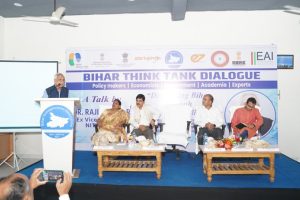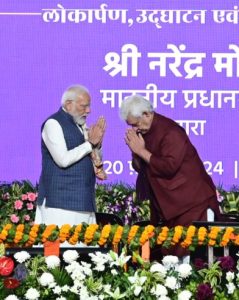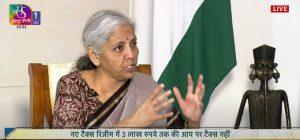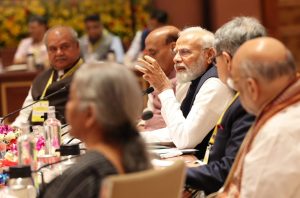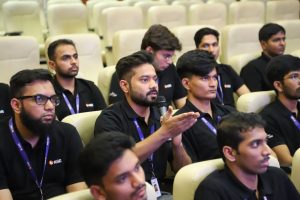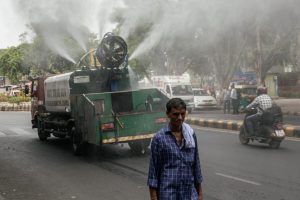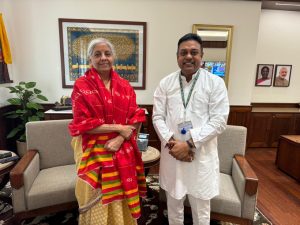Revdi reward: Floundering Punjab, Andhra Pradesh fiscal health
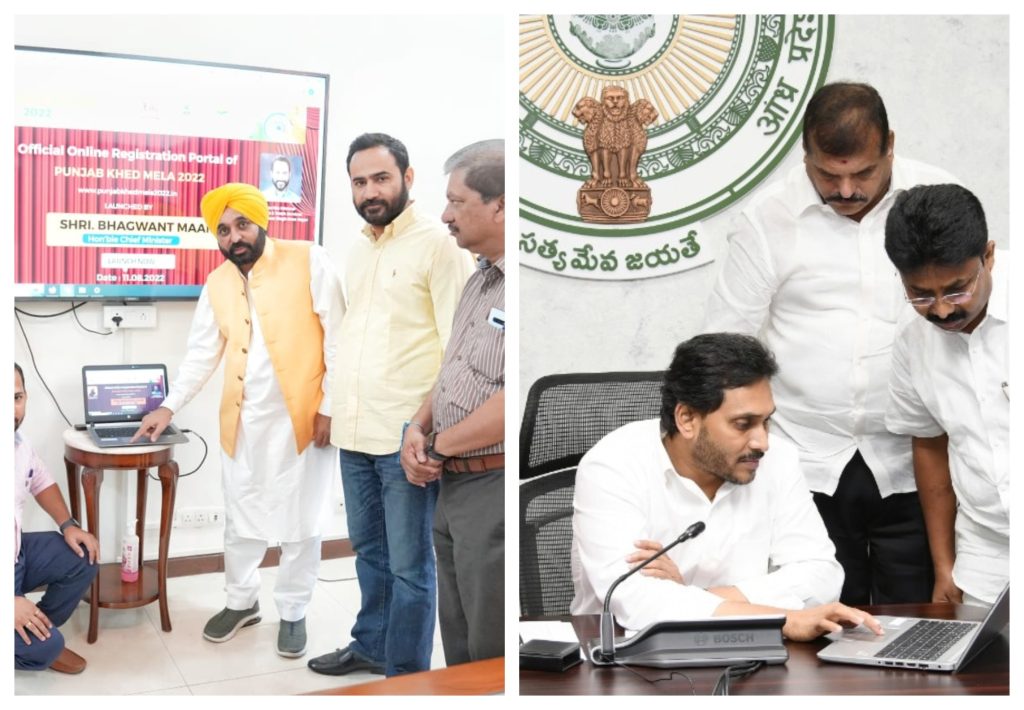
By Shivansh Mishra
New Delhi, August 13: Unchecked politics of freebies has taken the financial health of Punjab and Andhra Pradesh to the bottom of the fiscal pit.
For Punjab, it’s predicted that GSDP (Gross State Domestic Product) ratio will keep deteriorating and exceed 45 per cent in the financial year 2026-27 for own revenues spent to fund the politics of freebies.
It gains more ominous proportions when seen that Punjab’s outstanding debt will cross Rs 3.05 lakh crore by the end of the current financial year.
Rajasthan, Kerala, and West Bengal are projected to exceed the debt-GSDP ratio of 35 per cent by 2026–27.
As per estimates, expenditure on freebies ranges from 0.1-2.7 per cent of gross state domestic product (GSDP) for different states.
Freebies have exceeded two per cent of GSDP for some of the highly indebted states such as Andhra Pradesh and Punjab.
Punjab Chief Minister Bhagwant Singh Mann sought the grant of Rs One lakh crore from the Central Government as a revival package for the state during the recently held Governing Council meeting of the NITI Aayog.
A recent RBI report stated that the combined losses of Dsicoms in the five most indebted states, viz., Bihar, Kerala, Punjab, Rajasthan, and West Bengal, constituted 24.7 per cent of their total losses in 2019-20, while their combined long-term debt was 22.9 per cent of the total debt in 2019-20.
In Punjab, the additional burden of 300 units of free power rolled out from July 1, 2022, would cost the state exchequer Rs 1800 crore annually.
The power subsidy bill in Punjab is already set to touch Rs 18,000 crore this fiscal even as an amount of Rs 7,117 crore is due from the previous fiscal.
The government would incur an expenditure of Rs 6,947 crore on free farm power and Rs 2503 for the subsidy to industry.
With a debt of Rs 2.63 lakh crore, and a revenue deficit of Rs 12,554 crore, and a fiscal liability of Rs 24,352 crore, Punjab will have the liability of Rs 36,068 on debt servicing.
Also, Andhra Pradesh which has been constantly demanding Special Category Status (SCS) has received Rs 1.61 lakh crore in the last seven years as a relief package towards repayment of interest liabilities.
Yet, the Andhra Government under ‘Jagananna Chedodu’, a financial assistance scheme for tailors, barbers, and washermen, has disbursed Rs 285.35 crore into the accounts of 2,85,350 beneficiaries.
As per the scheme, they give Rs 10,000 per annum to people involved in these trades.
Coming out with an all-out attack the politics of freebies, Prime Minister Narendra Modi said: “This is not policy. It is immorality. This is not national interest; it is a loss of the nation. This is not nation-building, it is an attempt to push the nation back. To deal with the challenges facing the country, it takes clear intentions, loyalty, policy.”
Yet, the Opposition-ruled states have sought to turn the debate political.
States like West Bengal, Punjab, Rajasthan, Andhra Pradesh, Kerala spend borrowed/loaned money on populist giveaways that don’t produce any additional revenues.
Governments should, ideally, use borrowed funds to invest in physical and social infrastructure that will spur economic growth and, subsequently, higher revenues in the future, allowing debt to become self-financing.
The traditional practice of the states has been to borrow money using the public enterprises’ books as collateral and, in some cases, borrow by pledging on future state revenues.
Such giveaways are designed to entice the people in a short span, giving electoral gains to the regional parties.
Such freebies and subsidies neither solve nor contribute to the development of any state asset.
In the end, problems such as unemployment, illiteracy, and developmental issues persist with no concrete solutions due to the significant financial burden that states face as a result of such distribution of freebies or subsidies.
(Author is a researcher with Public Policy Research Centre)

